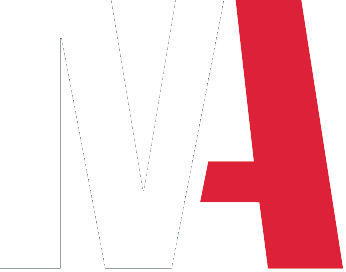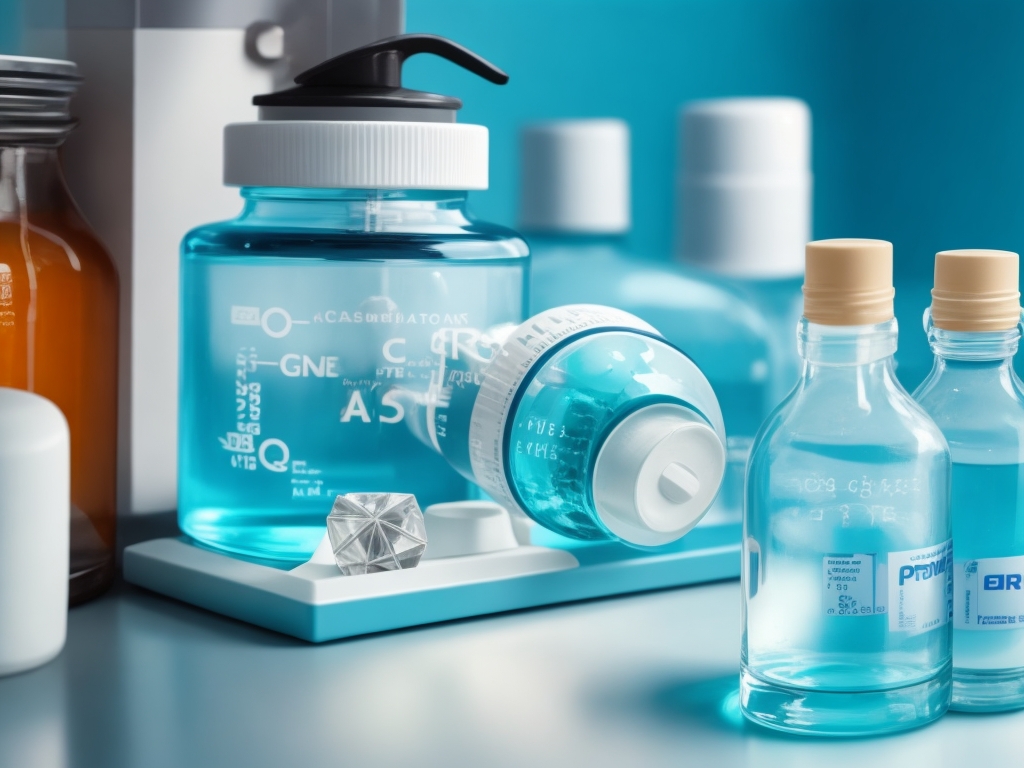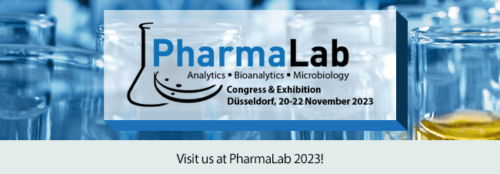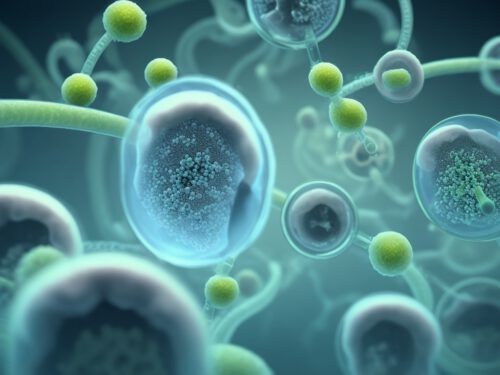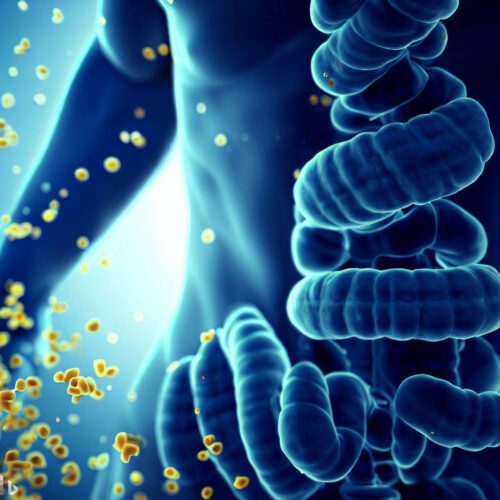Ensuring quality, safety, and efficacy is crucial in industries dealing with pharmaceutical products and medical devices. To meet these standards, various regulatory guidelines have been developed, ensuring compliance with specific practices. These guidelines are often referred to as ‘GxP,’ where ‘x’ represents areas like Good Laboratory Practices (GLP), Good Manufacturing Practices (GMP), among others. In this blog, we focus on GLP and GMP, explaining their distinctions.
Good Laboratory Practices (GLP) pertain to practices in labs to ensure reliability, accuracy, and reproducibility of data generated during research and development. GLP aims to safeguard study integrity and result credibility, vital for supporting drug or medical device approval applications.
Key aspects of GLP include:
- Documentation: Thorough documentation of activities ensures traceability and reproducibility of results.
- Qualification: Personnel involved in lab activities must be suitably trained and qualified to conduct experiments following established procedures.
- Equipment and Environment: Labs must possess appropriate equipment and controlled environments to ensure consistent and reliable outcomes.
- Sample Management: Handling, storage, and analysis of samples follow prescribed procedures to avoid contamination or distortion.
Good Manufacturing Practices (GMP) focus on quality assurance in manufacturing processes and facilities within the pharmaceutical and medical device industries. GMP’s main goal is to ensure consistent production meeting specified quality standards, crucial for consumer safety.
Key aspects of GMP include:
- Facilities and Environment: Manufacturing environments must be controlled to prevent contamination and protect product quality.
- Documentation: All manufacturing processes must be meticulously documented to ensure traceability and investigate deviations if needed.
- Quality Control: Regular quality checks and tests verify products meet specified specifications.
- Personnel: Staff must be adequately trained to perform processes in line with GMP guidelines.
Differences between GLP and GMP:
Scope:
- GLP centers on lab activities supporting research and development.
- GMP pertains to product manufacturing for commercial sale.
Objective:
- GLP aims to ensure accuracy and credibility of generated data.
- GMP aims for consistency and product quality.
Emphasis on Documentation:
- GLP places importance on detailed records of lab activities and experiments.
- GMP also requires comprehensive documentation to ensure traceability in manufacturing processes. Handling
Deviations:
- GLP addresses capturing and investigating deviations in lab activities.
- GMP places a high value on identifying, investigating, and rectifying deviations in manufacturing processes
Overall, both GLP and GMP are crucial to ensuring product quality and safety in pharmaceutical and medical device industries. While GLP focuses on labs and research, GMP centers on consistent product manufacturing. Adhering to both guidelines enhances consumer trust and ultimately safeguards patient health and safety. Quality assurance systems based on GLP and GMP differ in their focuses and applications, yet are equally vital in ensuring integrity and quality in research, development, and manufacturing.
Differences in Quality Assurance Systems:
GLP-based Quality Assurance System:
The GLP system primarily ensures reliability and accuracy of data generated in labs. Key features include:
Stringent Documentation: GLP emphasizes detailed documentation of lab activities, experiments, setups, measurements, and results for traceability and reproducibility.
Personnel Qualification: Staff in GLP-regulated labs need appropriate qualifications and training to conduct experiments following established procedures.
Method Validation: Any analysis methods or experimental approaches must be validated to ensure reliable and consistent outcomes.
Equipment Quality Control: Labs must ensure equipment used is properly calibrated, maintained, and verified to yield accurate results.
GMP-based Quality Assurance System:
The GMP system focuses on maintaining consistency and quality in manufacturing pharmaceutical products and medical devices. Key features include:
Comprehensive Manufacturing Protocols: GMP requires comprehensive protocols for each manufacturing step, including precise instructions, parameters, and records of materials and processes used.
Facility Validation: Manufacturing environments and equipment must be validated to ensure they meet standards and do not compromise product quality.
Raw Material Quality Control: All used raw materials must undergo quality and conformity checks to ensure they meet specifications.
Deviation Management: GMP places significant emphasis on managing deviations during the manufacturing process. Any deviation must be documented, investigated, and resolved to ensure product quality is not compromised.
Shared Elements of Quality Assurance Systems:
Despite their differing focuses, GLP and GMP share several common elements:
Documentation: Both GLP and GMP require comprehensive documentation to ensure traceability and reproducibility of activities and processes.
Training: Both systems demand trained personnel to ensure activities adhere to established procedures.
Quality Control: Regular quality checks and tests are essential in both lab settings (GLP) and manufacturing facilities (GMP).
Deviation Management: Deviations from established procedures must be identified, documented, and appropriately managed to ensure product integrity.
In summary, GLP and GMP are essential quality assurance systems covering different aspects of product development and manufacturing. While GLP ensures research accuracy, GMP focuses on product consistency and quality. Together, they contribute to the safety, effectiveness, and high quality of products, playing a crucial role in safeguarding patient health and safety.
References for the topic “GxP – GLP – GMP along the Process Chain”
- FDA – Good Laboratory Practices (GLP) Regulations
- EMA – Good Manufacturing Practice (GMP) Guidelines
- ICH – International Council for Harmonisation of Technical Requirements for Pharmaceuticals for Human Use
- WHO – Good Practices for Pharmaceutical Quality Control Laboratories
- ISPE – International Society for Pharmaceutical Engineering
